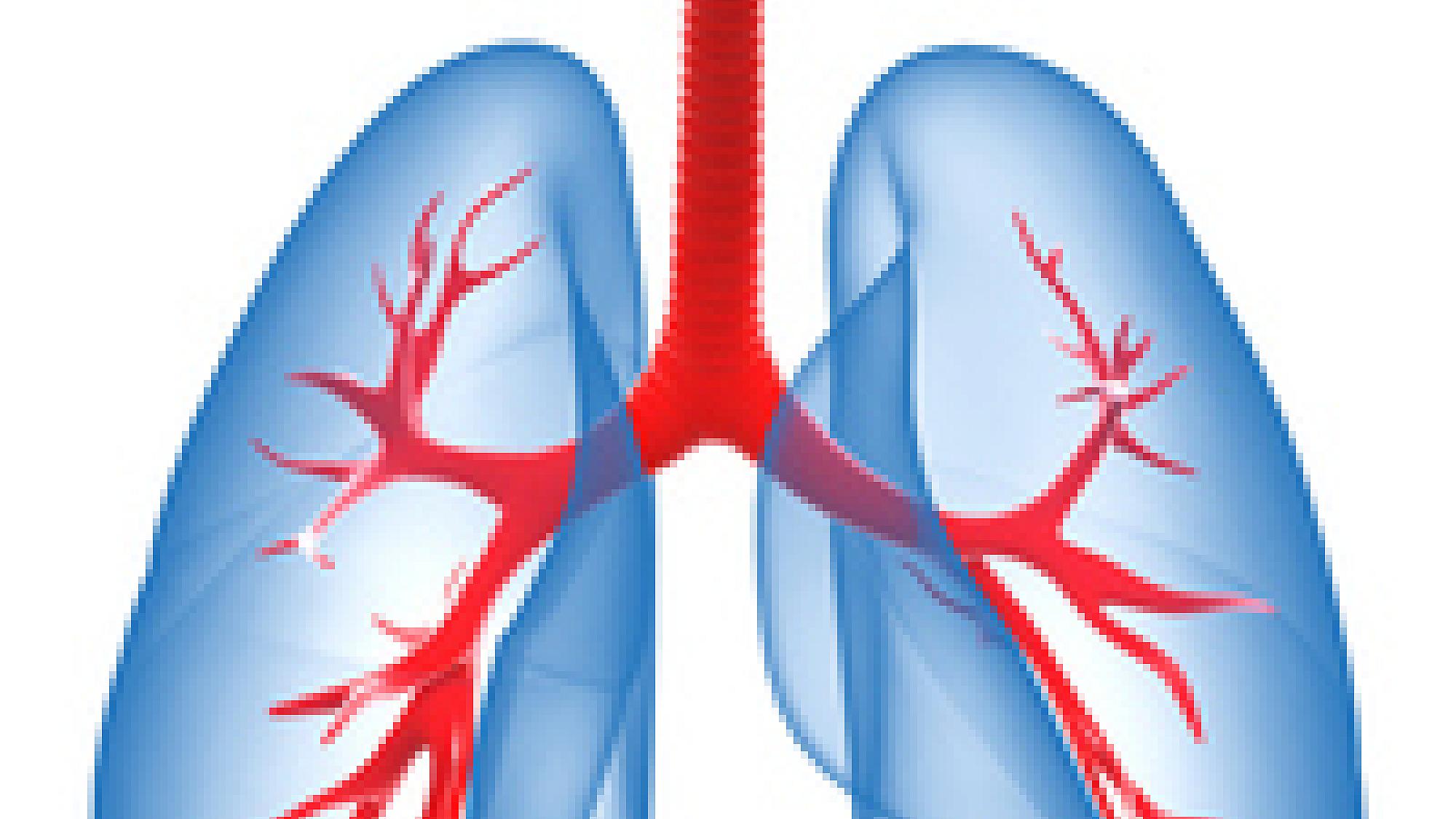Identifying, Diagnosing, & Treating Patients with CTEPH Disease
The Chronic Thromboembolic Pulmonary Hypertension (CTEPH) Program is dedicating to identifying, diagnosing, and treating patients with CTEPH disease. Because many people with chronic thromboembolic pulmonary hypertension don't know they have it, one of our main goals is to identify patients who have a higher risk (chance) of developing CTEPH.
We are one of the only comprehensive CTEPH treatment programs in the country. We serve patients throughout the Mountain West and are the only CTEPH program within 800 miles of Salt Lake City.
Find a CTEPH Specialist
What Is Chronic Thromboembolic Pulmonary Hypertension (CTEPH)?
Chronic thromboembolic pulmonary hypertension (CTEPH) is a disease that causes pressure to build in the arteries inside your lungs. About four percent of patients with pulmonary embolism will develop CTEPH within two years of a blockage.
CTEPH is a serious disease that becomes worse over time. If left untreated, CTEPH can cause fatigue, chest pain, and shortness of breath. In later stages, CTEPH can cause fainting and heart failure symptoms.
Because CTEPH can cause heart attack-like symptoms, patients with CTEPH have poor health and low quality of life. Surgery is the best option for treating CTEPH.
This is a modal window.
How Common Is CTEPH?
CTEPH affects 1 in 1000 people in the United States. Anyone can develop this disease.
About four percent of people who have pulmonary embolism will develop CTEPH. Pulmonary embolism is when a blood clot develops inside a blood vessel and then travels to a lung artery and blocks blood flow. But as many as half of all people with CTEPH have no history of pulmonary embolism.
Cardiology experts know that CTEPH is underdiagnosed. Fortunately, CT scans that look for pulmonary embolism are slowly helping cardiologists find and diagnose more patients with CTEPH.
Hard to Diagnose
Because CTEPH is relatively rare, many providers and patients have never heard of this disease. This makes CTEPH hard to diagnose. Even more challenging, many patients with CTEPH have no symptoms. Other patients have symptoms that are easily mistaken for other common illnesses.
Many patients with CTEPH have no history of pulmonary embolism, which is one of the risk factors. Patients with deep venous thrombosis (DVT) can also develop CTEPH. But many patients with CTEPH do not have DVT.
Cardiologists are working to better identify and diagnose people with pulmonary embolism. Cardiologists hope that by identifying people with pulmonary embolism, they will also be able to identify patients who have a higher chance of developing CTEPH.
Multidisciplinary Care
We rely on the expertise of doctors in many specialties, including imaging, anesthesiology, cardiovascular medicine, pulmonary medicine, and cardiothoracic surgery. Our multidisciplinary collaboration helps patients with CTEPH live longer and have a better quality of life.
Contact Us
For more information, call us 801-585-7676, option 1 or option 4.
Learn More From Our Specialists
Treating CTEPH Without an Organ Transplant
CTEPH is a serious lung condition that can arise after an individual suffers a pulmonary embolism. Luckily for patients, there is a surgery available that can treat CTEPH without a full lung transplant. Heart surgeon Dr. Craig Selzman explains the steps involved in the six-hour "roto-rooter operation.
What Is CTEPH and How Do I Know If I Should Get Checked?
According to Dr. John Ryan, director of the CTEPH program at University of Utah Health, the CTEPH symptoms can easily be misdiagnosed and some patients never fully develop recognizable ones. Learn what to look for and treatment options.


